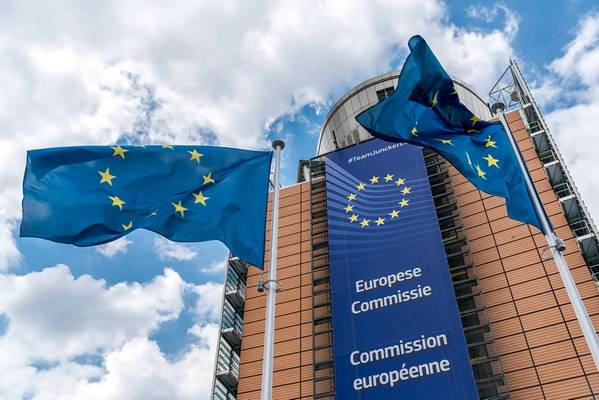
The European Commission has adopted the sixth list of Projects of Common Interest(PCIs). The list consists of 166 infrastructure projects: over half (85) are electricity, offshore and smart electricity grid projects, and 14 CO2 network projects are included.
“Today’s list of cross-border projects draws the new energy map of Europe. The era of EU funding for fossil fuel infrastructure is over. It is now time to invest in energy infrastructure which is fit for a more flexible, decentralized and digitalized system, where consumers are also producers - and most of our energy comes from renewable sources,” says Kadri Simson, Commissioner for Energy.
For the first time, the list also includes 65 hydrogen related projects, evidencing a strong shift towards the achievement of the Green Deal goals. This is a major step forward when it comes to building a European hydrogen backbone, with several projects contributing to the creation of hydrogen networks, storage sites and import terminals, helping to link hydrogen demand and supply across countries and regions, says industry body Hydrogen Europe.
The European Commission accepted 65 hydrogen projects out of the 179 submitted. Hydrogen transmission projects (29) represent the majority of all the hydrogen selected projects, with electrolysers, ammonia reception facilities and underground storage facilities accounting for 17, nine and seven respectively.
The overall success rate was 37%, showing that many projects lacked maturity and were not aligned with the eligibility criteria, which no longer support natural gas projects, says Hydrogen Europe. There is also a significant geographical imbalance, with most projects selected being in Western Europe. Just two offshore pipeline projects were selected.
Daniel Fraile, Chief Policy Officer at Hydrogen Europe, says: “The inclusion of hydrogen projects for the first time in a PCI list is a major step forward and shows Europe’s commitment to lay the foundation of a European Hydrogen backbone. This first selection process is also a valuable lesson learnt. We will be working with our members to ensure the next list includes more diversified projects (both type wise and geographically).”
The announcement comes at a time when investors seem to lack confidence about timely availability of infrastructure (grid and storage), says Hydrogen Europe. In addition to much needed regulatory clarity that will be delivered by the Gas Package Directive, solid financing schemes and accelerated planning procedures are necessary. This need is partly fulfilled by the Connecting Europe Facility, although the needed investment is significantly higher than the current €4bn budget.
Selected projects will now be eligible to access Connecting Europe Facility funds (except for electrolyser projects). Most of them are expected to be commissioned by 2030, except for the Belgian and Dutch hydrogen backbones, likely to be operational respectively in 2040 and 2050.
Following its adoption by the Commission, the Delegated Act presenting the sixth PCI list will be submitted to the European Parliament and the Council. Both co-legislators have two months to either accept or reject the list – a process that can be extended by a further two months if needed. Based on the applicable legal provisions, the co-legislators do not have the possibility to amend the draft list.